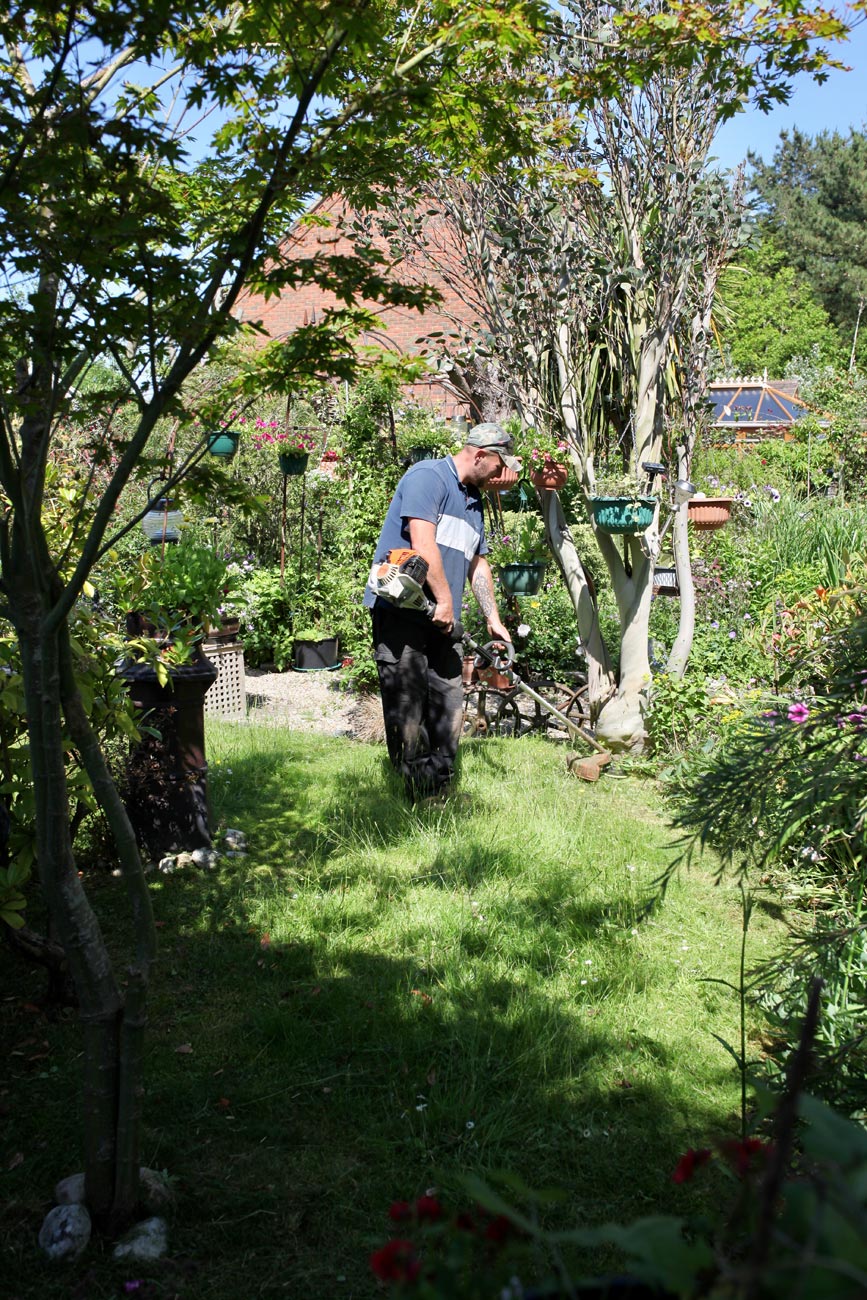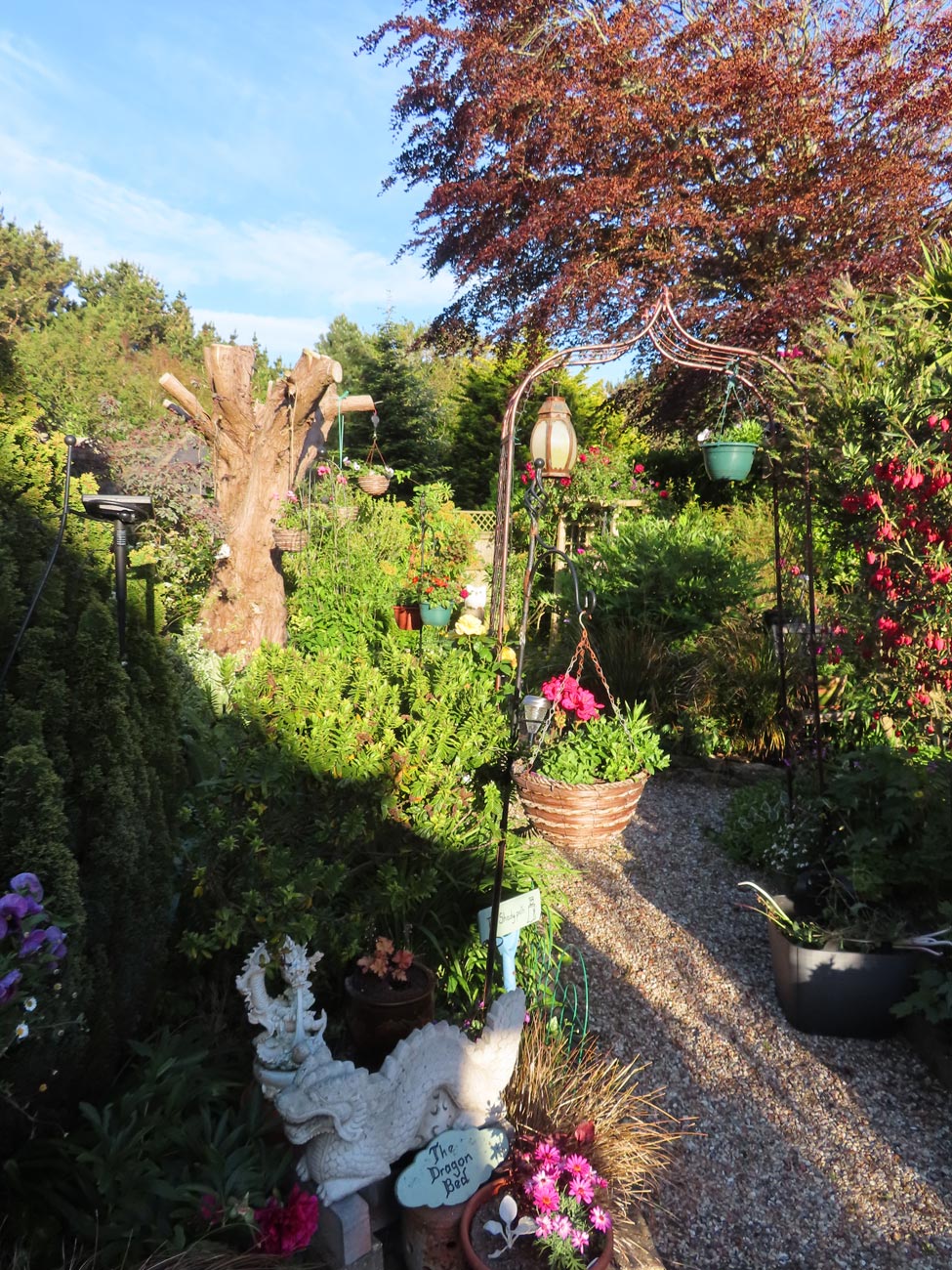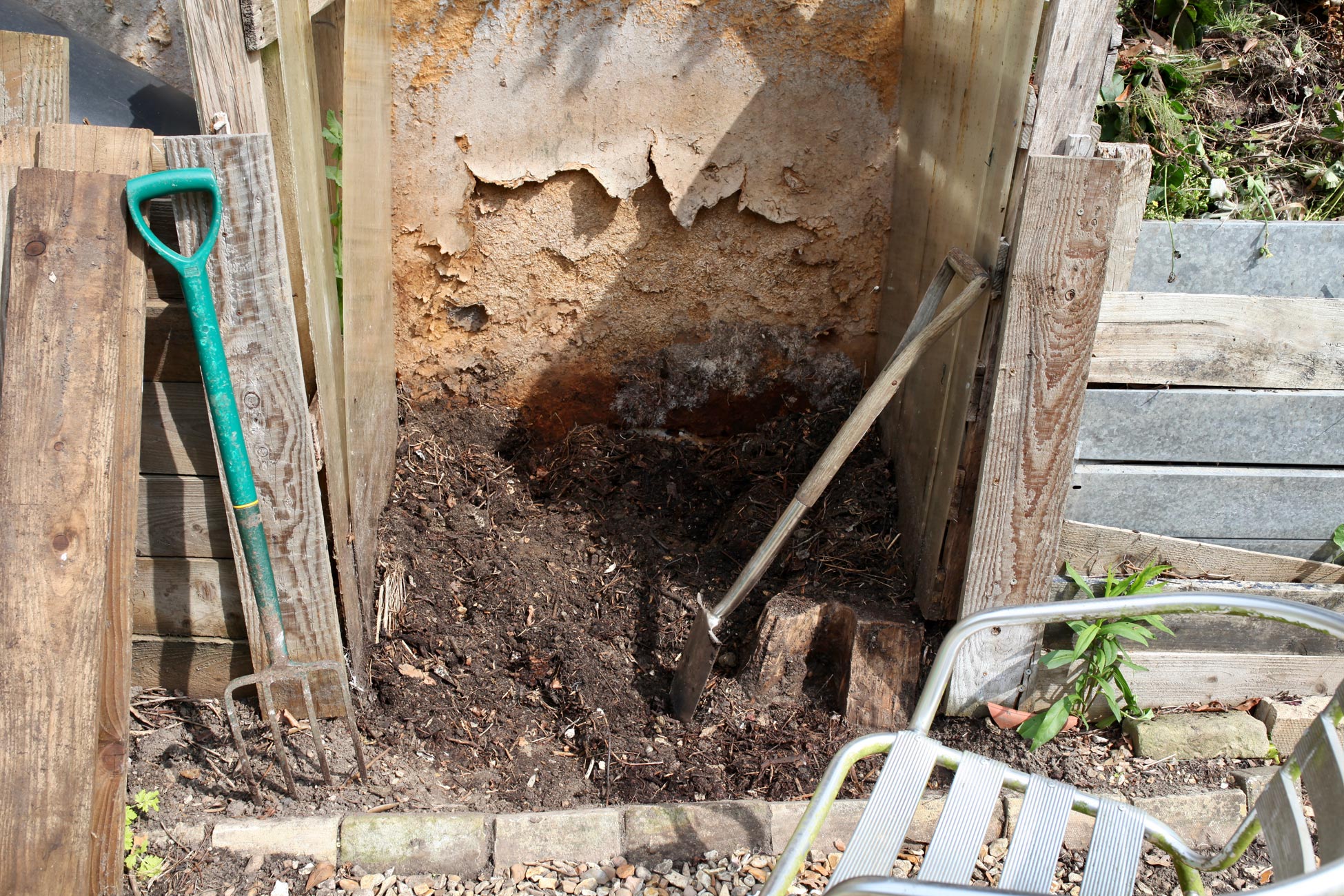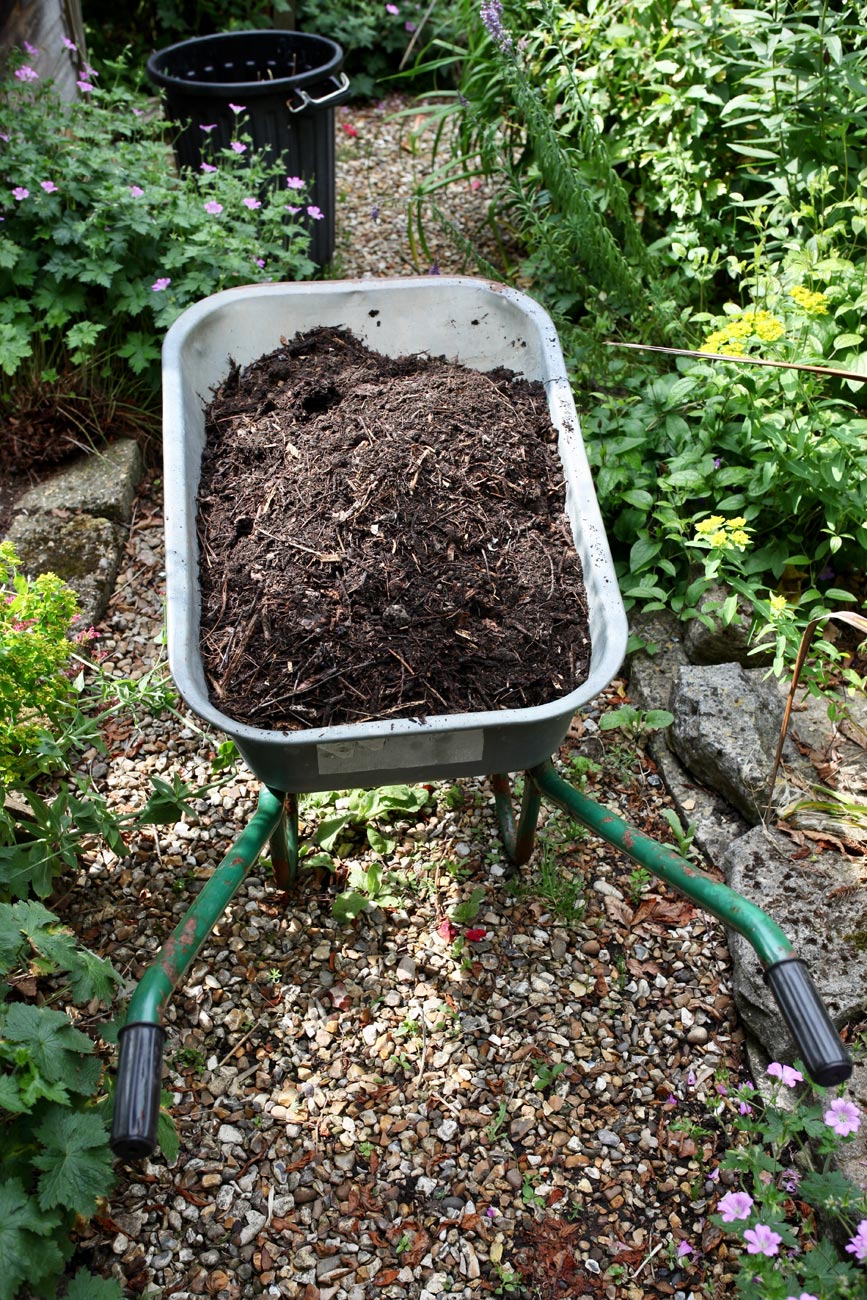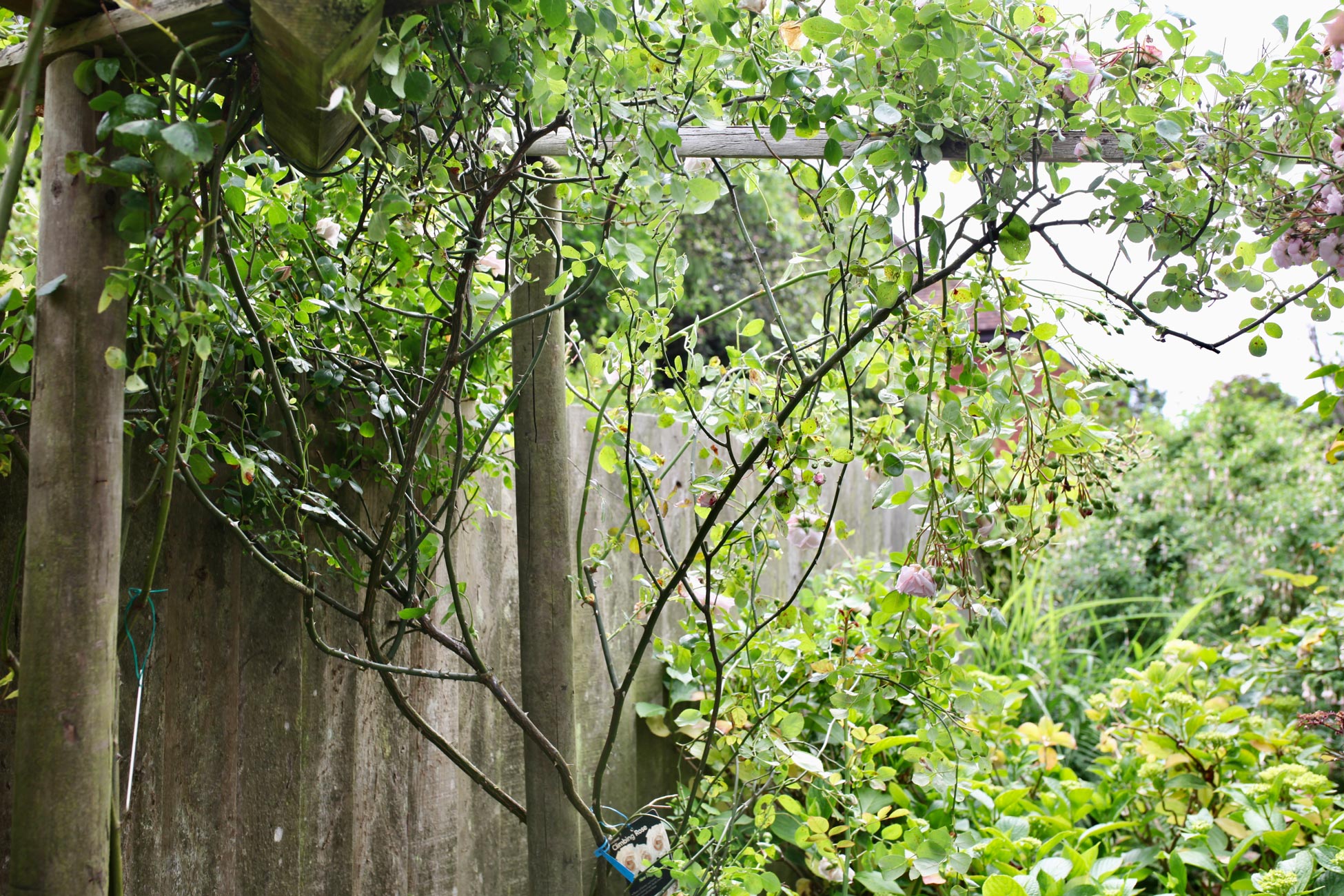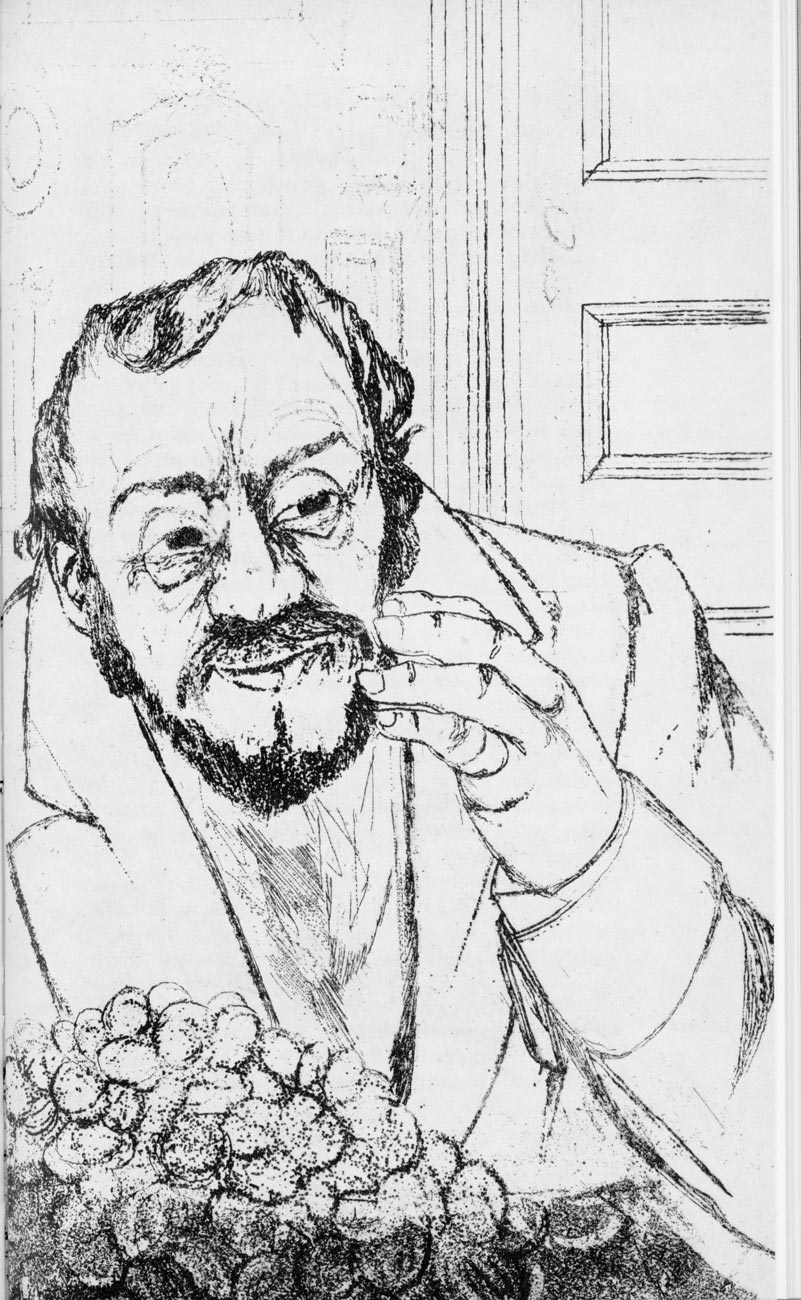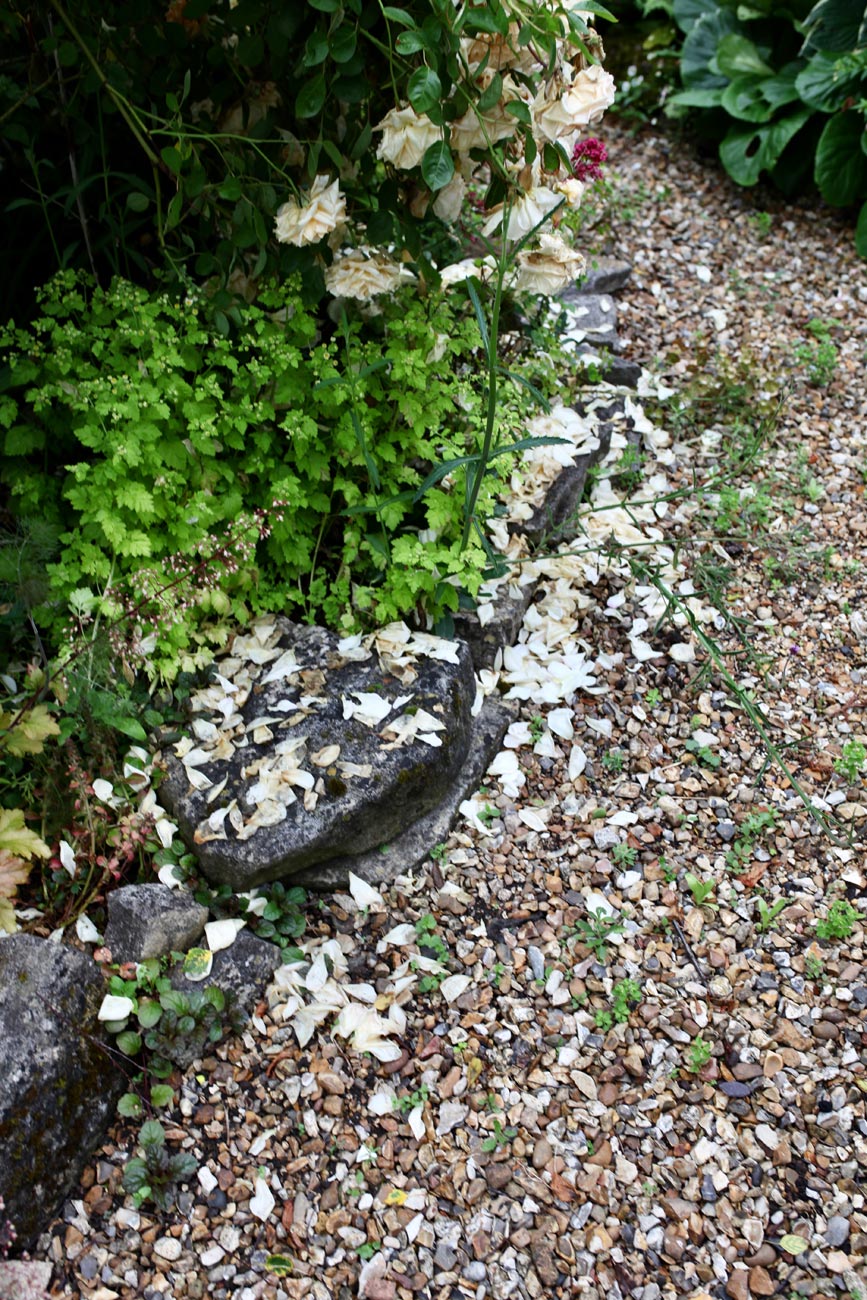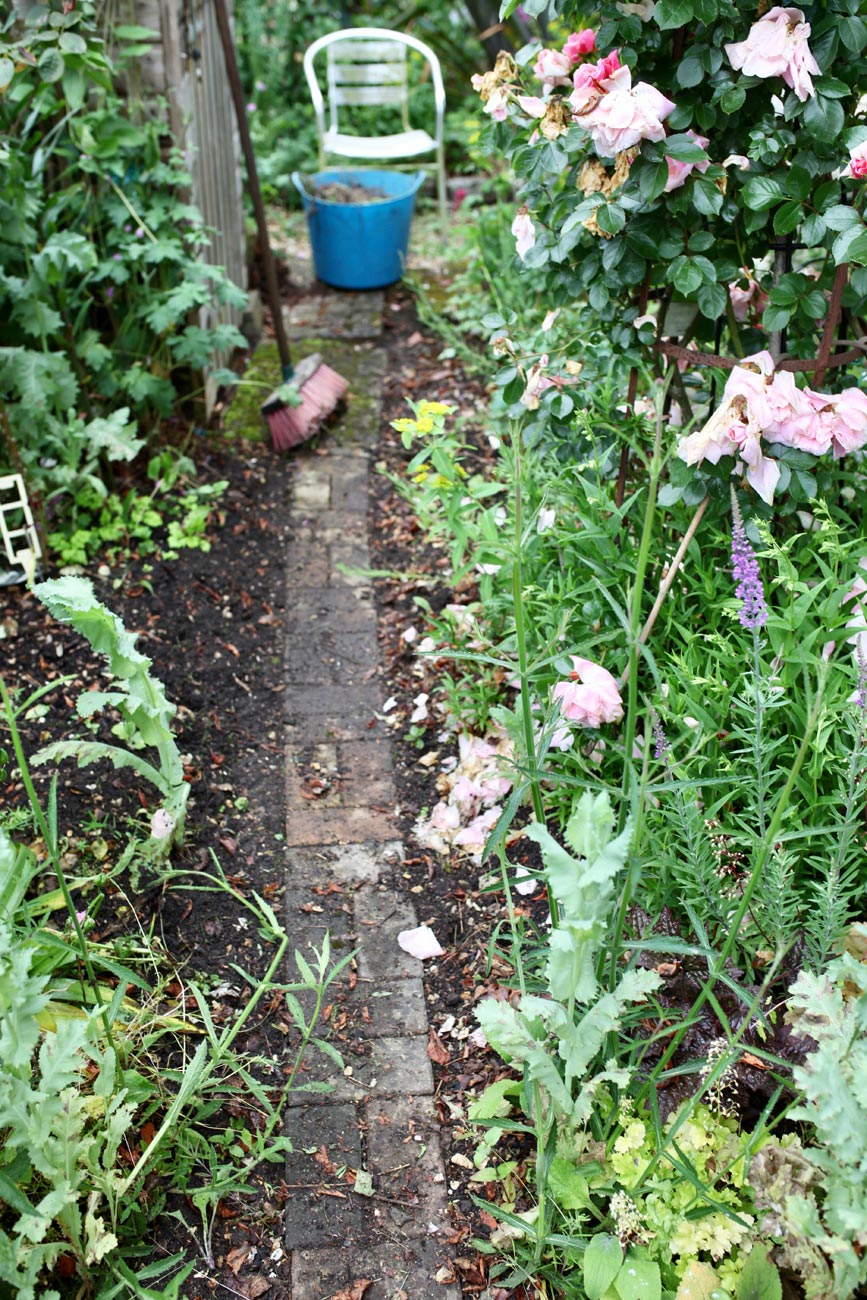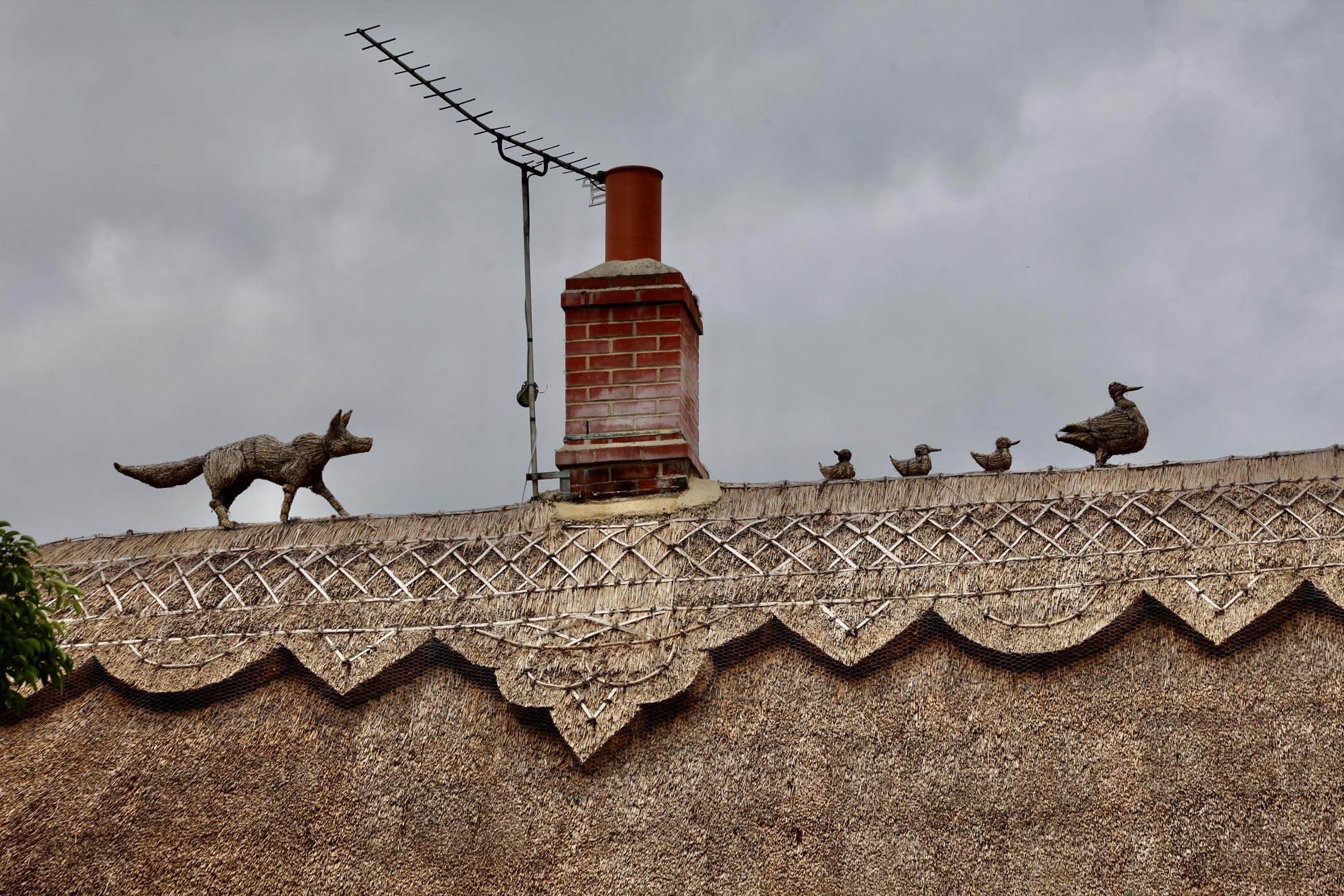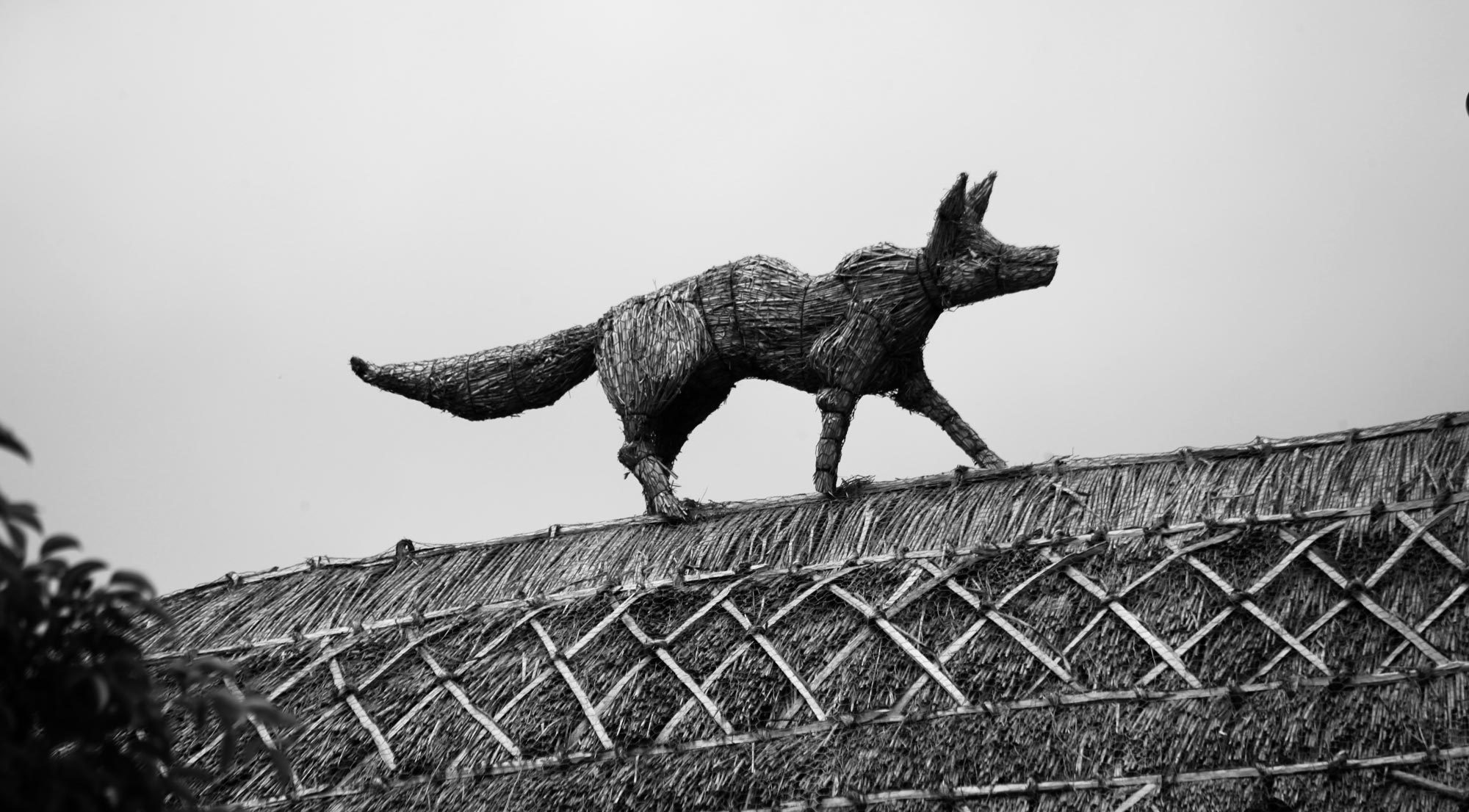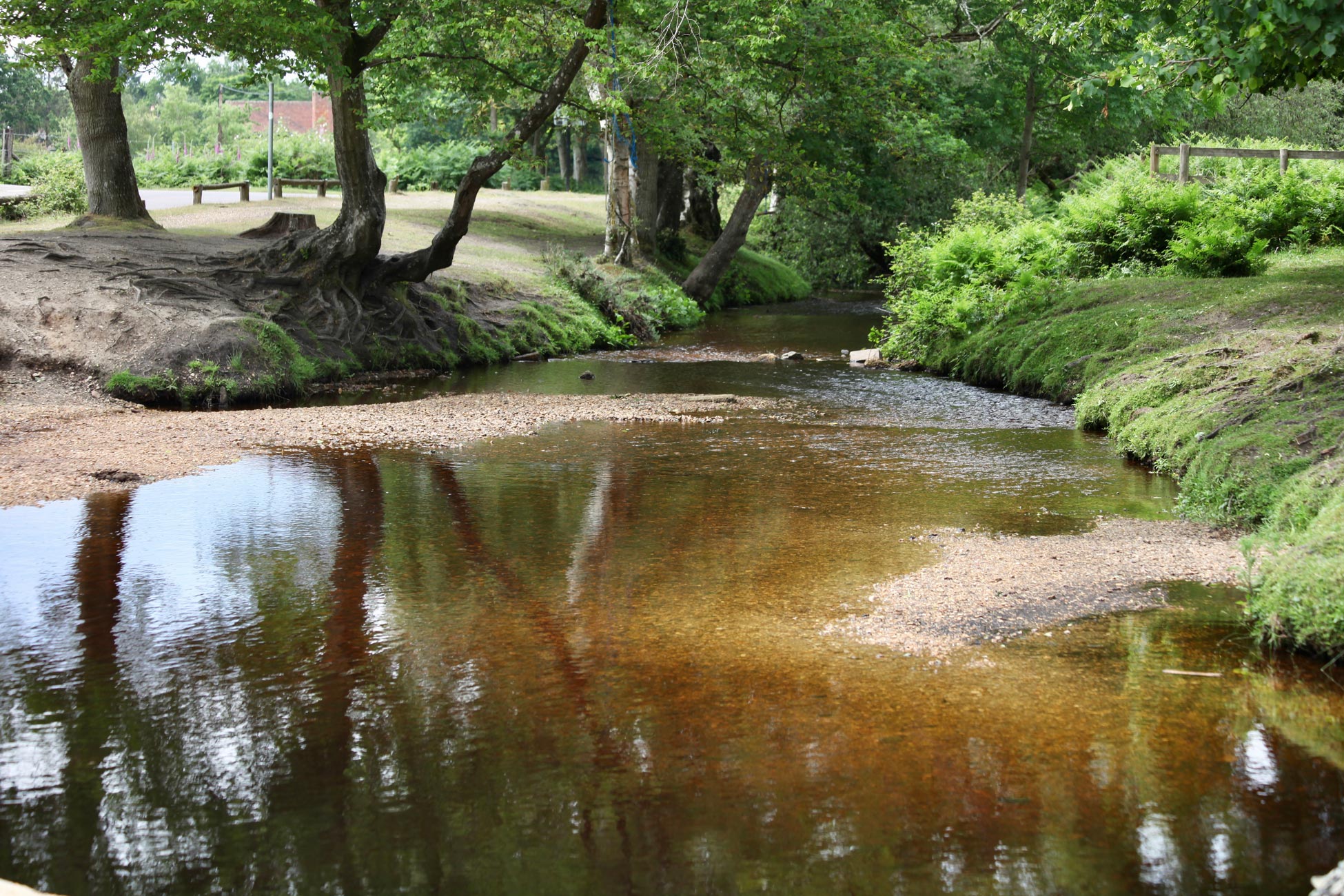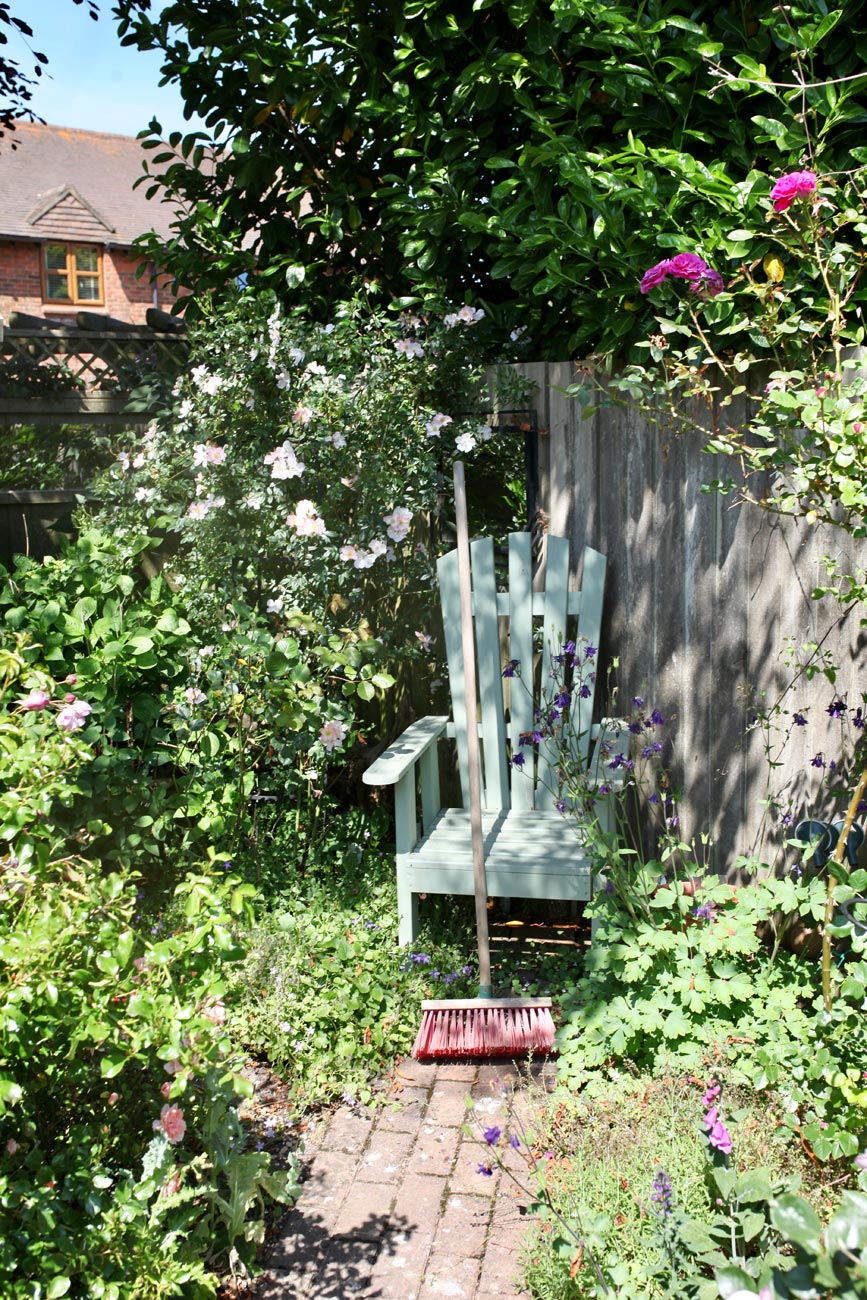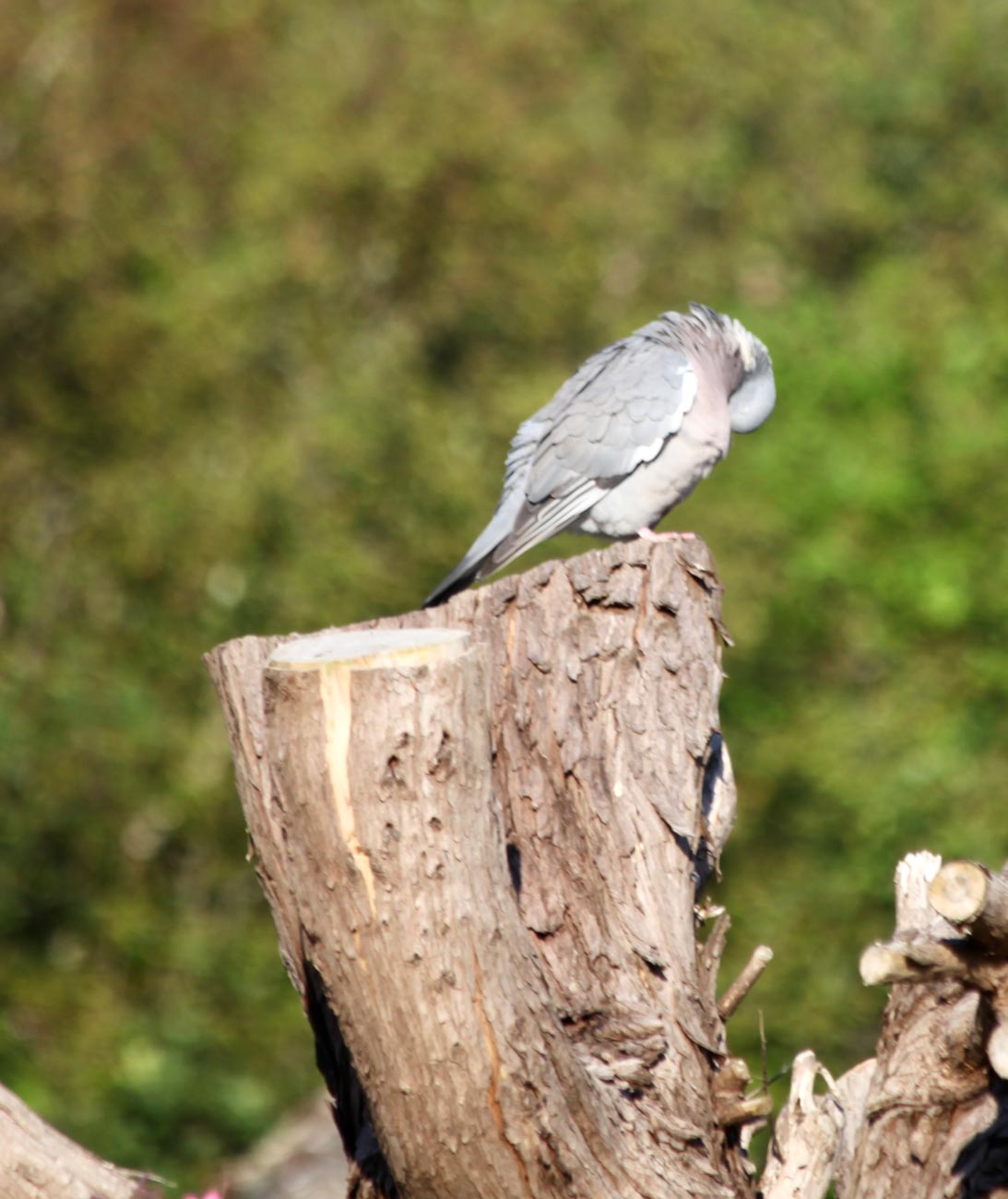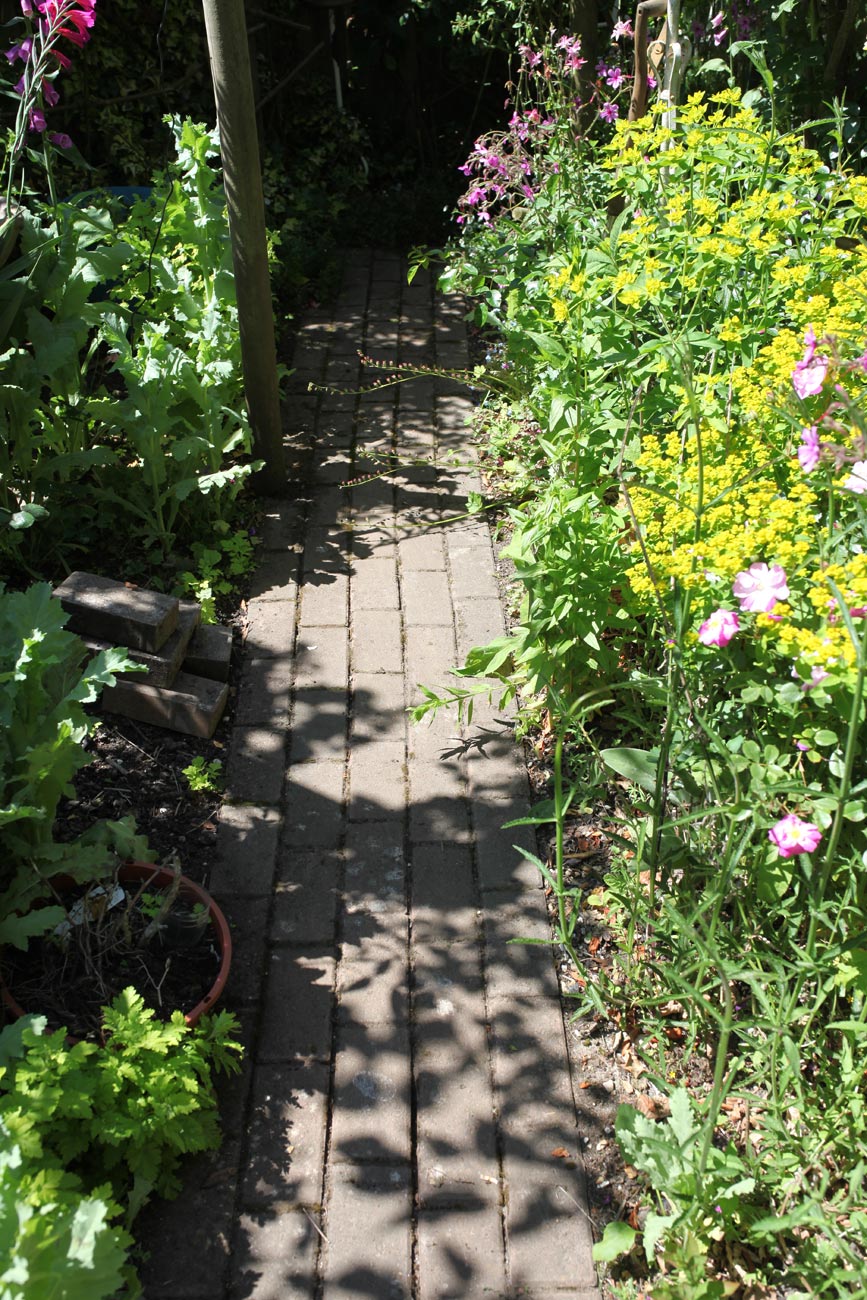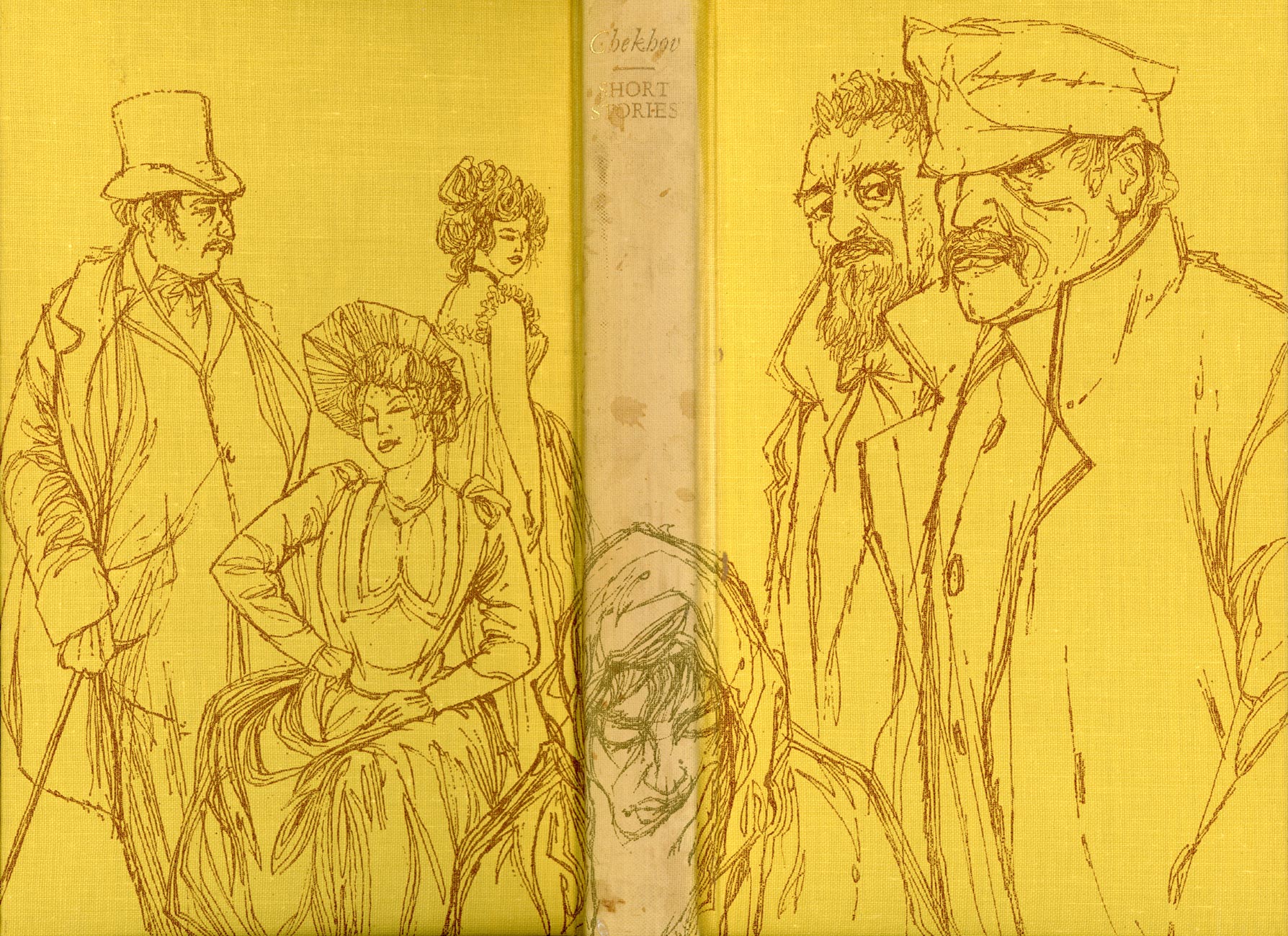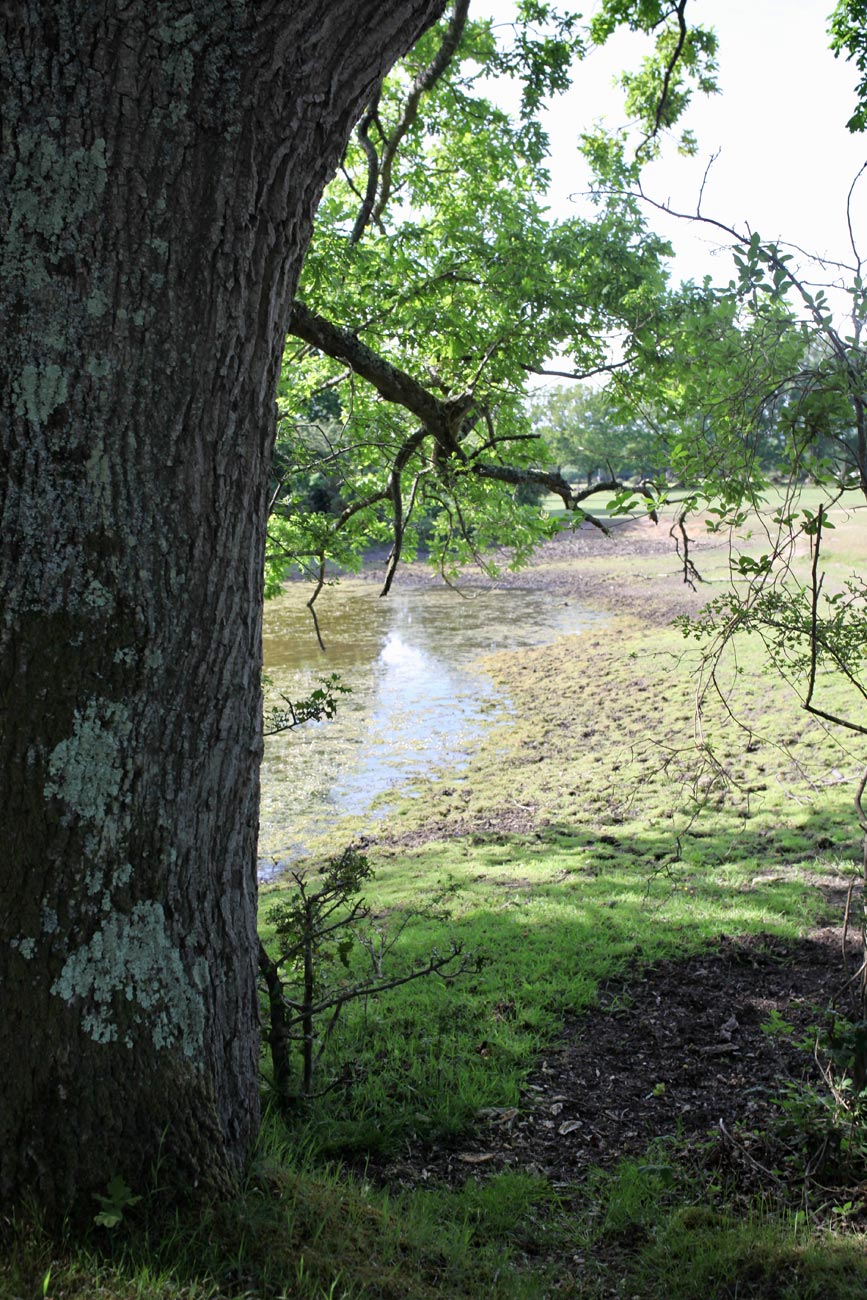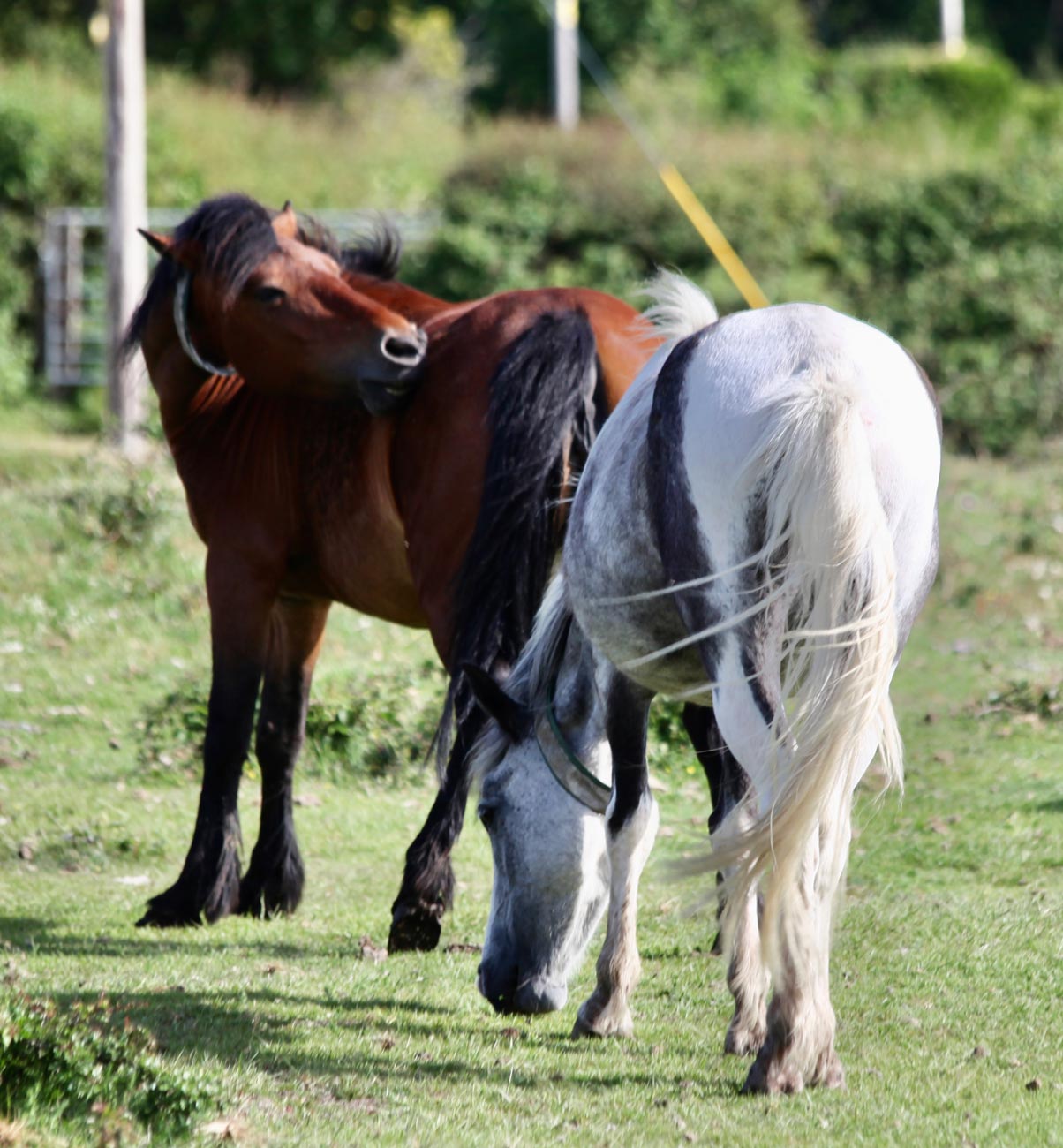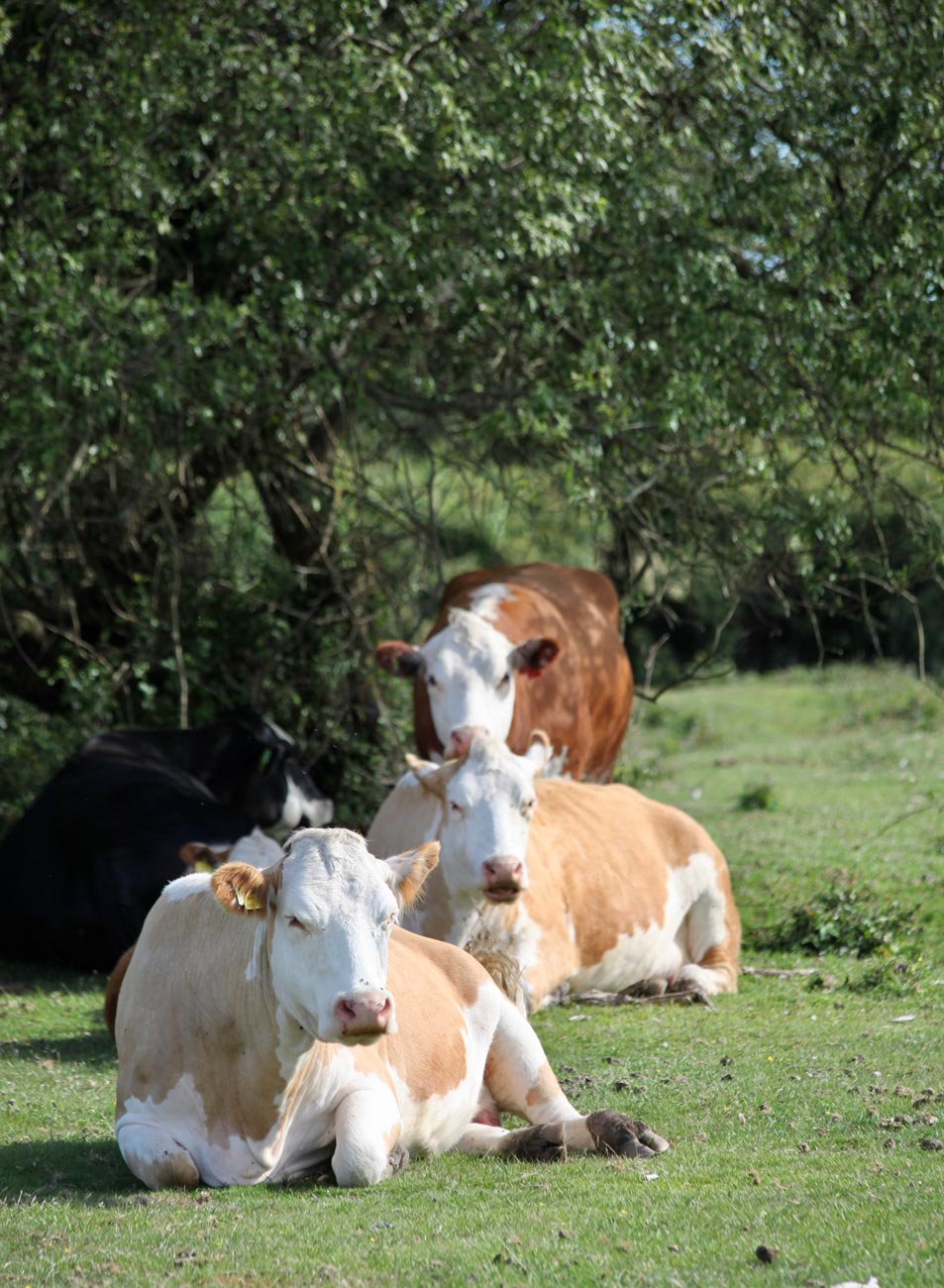“The Bishop” was the penultimate story that Anton Chekhov wrote while seriously ill with tuberculosis from which he died at the age of 44. This is a deeply emotional tale of the main character’s life and death, and his effect on family, prelates, and congregations alike. I finished reading it last night, and with it my Folio Society 1974 edition of translator Elisaveta Fen’s selection from the author’s prolific output of short stories.
Fen’s introduction to the book is informative and insightful. She includes a specific section for each story and it was interesting, after almost half a century in which to forget my first reading, to study these pieces after I had revisited their relevant story and to compare my thoughts with hers.
Nigel Lambourne’s occasional full page aquatints are well drawn, but on the heavy side for some of the characters.

It is perhaps appropriate that ‘ ‘Don’t disturb His Eminence,’ Sisoy told Maria’ should be the last of these illustrations.
Much of this warm day was spent on continuing garden maintenance consisting of weeding, pruning, dead heading; and bagging up for removal or adding to the compost bin all the resultant refuse.


Towards the end of the afternoon, while Jackie, sharing views with Florence sculpture, surveyed the fruits of our labour, I wandered round with my camera.
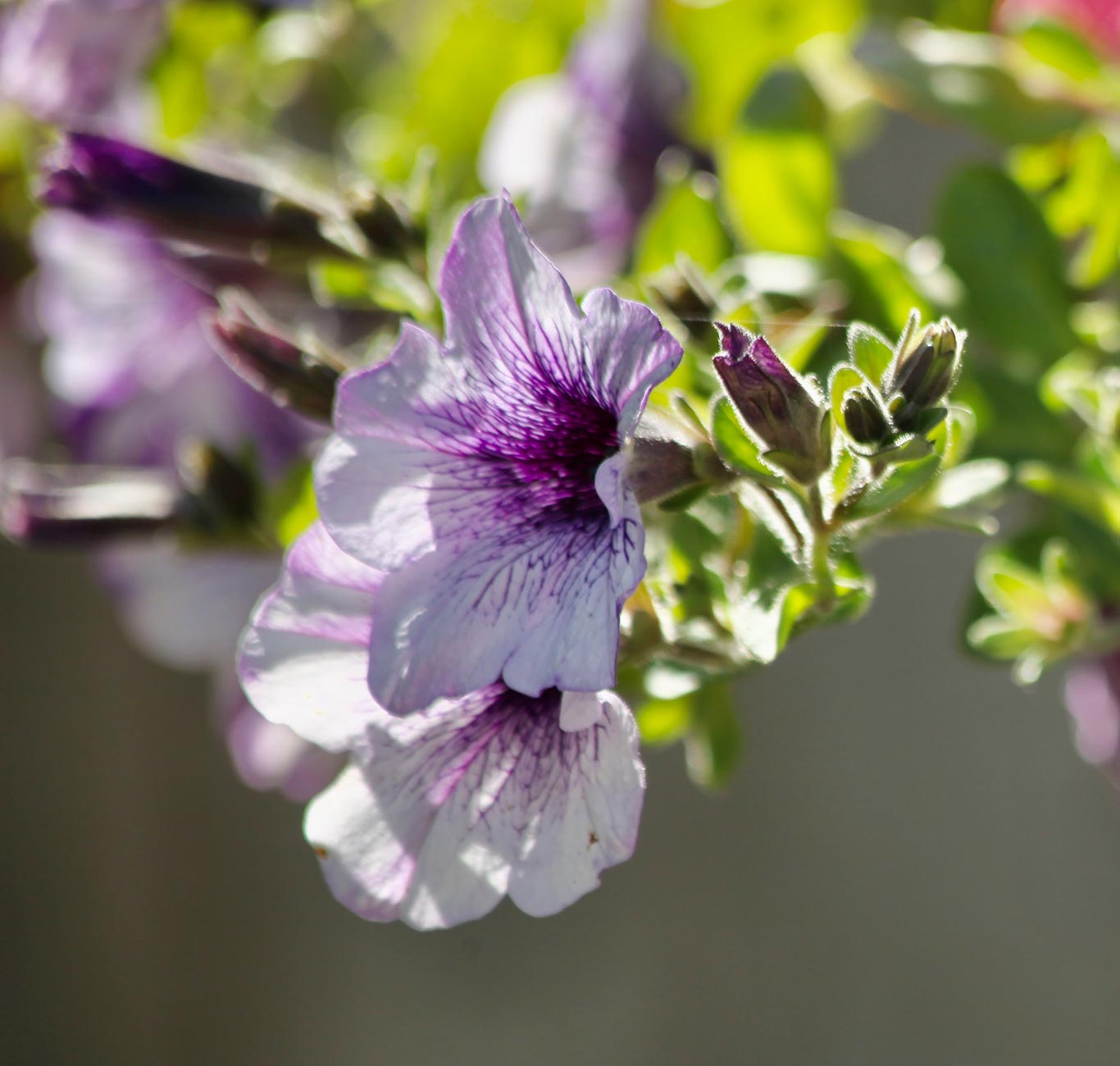






Hanging baskets and other containers now bear, for example, various petunias, geraniums, cineraria, calendulas, hot lips, Erigeron and their shadows.


As can also be seen in the foreground of the Florence picture above, geranium palmatum is prolific throughout the garden. One of our Rosa Glauca bushes blends nicely with the geranium in the first of this pair of photographs.



Here are a few more of our various day lilies, the first bearing a hoverfly.

I traverse paths like the one named Gazebo quite regularly. Today I also ambled along the Back Drive and selected for attention





roses white Félicité Perpétue; a yellow climber; pink Doris Tysterman; paler pink rose from Ringwood’s Pound Shop; and rich red Ernest Morse.


Wedding Day is now coming into flower on the Agriframes Arch which it shares with a deep mauve clematis.
Magpies hunt in pairs in our garden. This evening, as we took our drinks on the patio, the enjoyable, sweet, birdsong was interrupted by

the raucous rasp of these predators communicating their casing of the joint from the branches of the copper beech. All of a sudden they took wing and sped off in another direction. Soon our own avian friends came back to life.
Our dinner consisted of chicken marinaded in a tangy mango and chilli sauce topped with yellow and green peppers and onions; new potatoes; firm cauliflower, and tender green beans, with which Jackie drank more of the New Zealand Sauvignon Blanc and I chose more of the Australian Cabernet Sauvignon.






